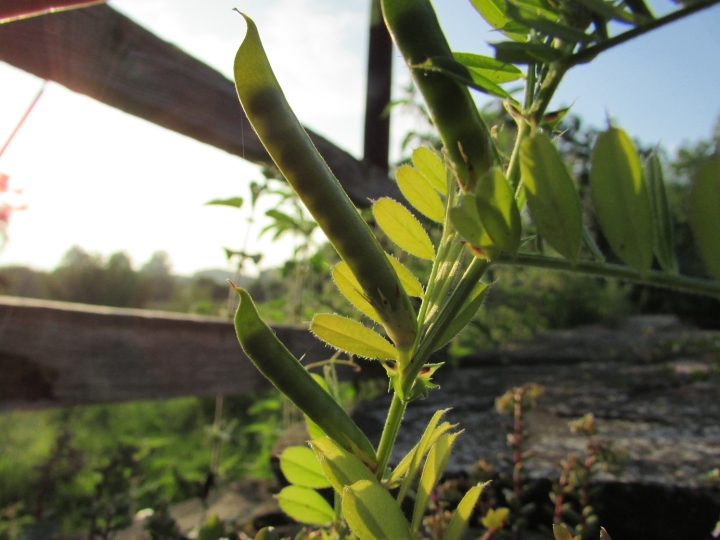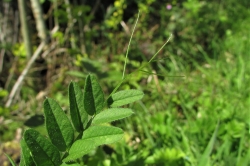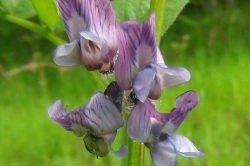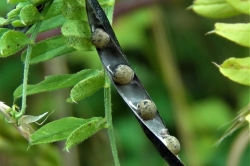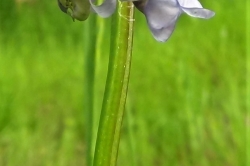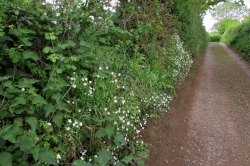A member of the pea family, Fabaceae, which forms the third largest plant family in the world with over thirteen thousand species. Of these species, the bitter vetch, was one of the first domesticated crops grown by neolithic people. There are many different vetch species, the purple flowered varieties are all safe to eat, see Hedgerow Confusion below.
Home / Hedgerow Guide /
Vetch
Vetch
| Hedgerow Type | |
| Common Names |
Common Vetch, Bush Vetch, Poor Mans Peas |
| Scientific Name |
Vicia spp. |
| Season Start |
Mar |
| Season End |
Oct |
Please note that each and every hedgerow item you come across may vary in appearance to these photos.
Leaves
Small thin leaves growing in pairs opposite to each other on a stem with fine curled climbing tendrils at the end.
Flowers
Small purple ‘pea’ like flowers turning into pods containing ‘peas’. Vicia sepium flowers are pictured.
Seeds
The seeds are toxic and must be treated as red kidney beans and pressure cooked and processed before consumption.
Stem
Fine, green and having flat sides instead of being rounded. Grows along the ground unless it finds something to grow up.
Possible Confusion
Other Vetches, some of which are toxic to ruminents and should also be avoided by humans. If you stick to any vetch with purple flowers growing along the flower stem and not in a ‘crown’ on top, and the plant does not have long, obvious ‘hairs’, you should be safe. Common vetch has small ‘hairs’ on the leaves but these are less obvious.
Bitter Vetch has much larger leaves when mature and while not poisonous it leaves a nasty bitter taste in the mouth for some time after ingestion.
Taste
The leaves cooked as a green vegetable taste like peas, the peas themselves taste like peas but must be processed before eating.
Frequency
Very common.
Collecting
Only the top eightish centemetres of leaf should be collected. The peas should be harvested when young as older specimins can start to build up toxins but all should be dried, soaked, boiled and have the water thrown away a couple of times before consumption.
Other Facts
Animal fodder and as it is nitrogen fixing is good as a fallow or meadow crop.



 (23 votes, average: 3.57 out of 5)
(23 votes, average: 3.57 out of 5)